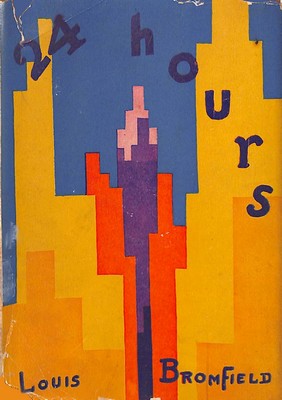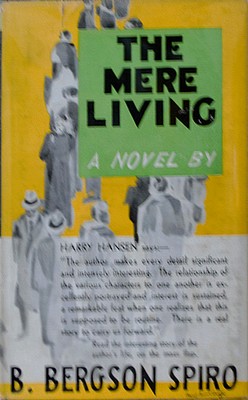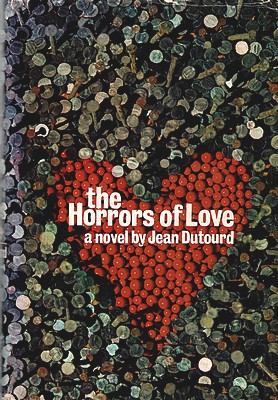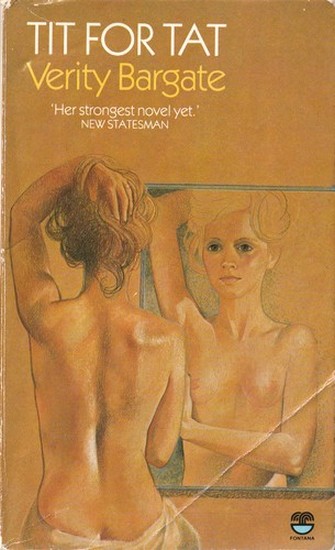
Recently, a new press joined the growing field of reissue publishers. Quite Literally Books, a New York-based firm, debuted in April 2025 with three novels: Plum Bun by Jessie Redmon Fauset (1929); The Home-Maker by Dorothy Canfield Fisher (1924); and The Pink House by Nelia Gardner White (1950). Quite Literally’s masthead lists a staff of seventeen, a team that dwarfs the skeletal crews that keep most of the reissue publishers I know afloat and that clearly has devoted a considerable effort to establishing itself from the start with a high-quality design and branding approach.
In one of the thought pieces on their site, press founders Bremond Berry MacDougall and Lisa Endo Cooper tackle the question, “Why have so many books by women been lost to history?”. “The simple answer, at least in part,” they argue, “seems to be that male critics and scholars were the arbiters of the American literary canon in the early 20th century, and they just didn’t seriously consider works by American women authors as ‘literature,’ either because of the subject matter—the home, relationships, the interior lives of women—or because it was women who were writing them.” In republishing “ought-to-be-in-print books by American women authors — and occasionally others — who’ve been shelved for far too long,” MacDougall and Cooper aim “to be a part of ongoing conversations about essential questions of belonging and the American literary canon –Who is included and why? And who gets to decide?”
If anything is clear about the American literary canon, it’s that it’s never been a static entity. Moby Dick, which today is consistently ranked among the greatest of all American novels, was essentially forgotten for decades after its initial publication. Melville’s name doesn’t even appear in Stanford professor Alphonso Newcomer’s American Literature (1902) or in the nearly 700 pages of Roy Bennett Page’s American Literature of 1915. Even Mark Twain, whose novel The Adventures of Huckleberry Finn Ernest Hemingway declared as the source of “all modern American literature,” is missing from Page’s survey and in Newcomer’s book receives less attention than his contemporary Bret Harte, now considered a minor figure compared to Twain. Newcomer gives Emily Dickinson one paragraph, though he acknowledges that her poems “bear witness in every word to their high inspiration.”
Rediscovery publishing plays a significant role in the evolution of the canon, as I argued here last year. The work of Zora Neale Hurston, particularly her novel Their Eyes Were Watching God, did not disappear when she died, poor and forgotten, in 1960, but few scholars sought it out and wrote about it. When University of Wyoming professor Robert Hemenway put an author’s query in the New York Times Book Review in 1971, it was the first mention of Hurston’s name in a major publication since her death. After Alice Walker’s article “In Search of Zora Neale Hurston” appeared in Ms. magazine in 1975, the University of Illinois Press reissued Their Eyes Were Watching God and the book began to appear on reading lists and in academic journal articles. The exceptional success of the reissue (for a university press) prompted Harper Collins to pick up the permissions for a trade edition and went on to sell over 250,000 copies by the end of the 1990s.
Jessie Redmon Fauset’s work, along with that of others in the Harlem Renaissance generation, fell out of print and into critical neglect in the 1940s and 1950s, aside from mentions in surveys that automatically diminished their relative important with the label “Negro literature.” By the 1980s, however, Plum Bun had been reissued and it has since appeared in several other editions, including the two-volume Harlem Renaissance Novels set from the Library of America. JSTOR lists six journal articles focusing on Plum Bun since 2000 — hardly comparable to the output associated with Shakespeare or Faulkner, but still greater than that devoted to most of the works that came out at the same time as Fauset’s novel.

In the March 3, 1929 issue of The New York Times in which Plum Bun was reviewed, five other works of fiction were covered:
- The Grand Manner by Louis Kronenberger
- Young Entry by M. J. Farrell
- PeeVee by Fred Jacob
- Sartoris by William Faulkner
- The Greatest Adventure by John Taine
Aside from Sartoris, the rest of these works quickly fell out of print. MIT Press reissued The Greatest Adventure, sort of a Conan Doyle Lost World novel set in Antarctica, as a lost science fiction classic just recently, but the other three titles are long forgotten and unlikely to be rediscovered.
While men long dominated the worlds of American publishing and literary studies, it’s overly simplistic to say that “male critics and scholars were the arbiters of the American literary canon in the early 20th century” and that the work of women writers was neglected as a result. When it came to book reviews, for example, at the time that Plum Bun was published, two of the most influential newspaper book editors were women: Isabel Paterson at the New York Herald Tribune and Fanny Butcher of the Chicago Tribune. Paterson held her post for 25 years, Butcher for 40. Of the contemporary reviews of Plum Bun, most were unsigned, according to the practice of the day, but several in the biggest American papers and magazines were by women: Eleanore Reiley in the Philadelphia Inquirer and Bernice Kenyon in The New Republic. Women held prominent positions in the magazine world as well. Edna Woolman Chase edited Vogue, which back then regularly published fiction, for almost 40 years. Eunice Chapin, whose 1931 novel, Pick-Up, was featured here recently, was the managing editor of McCall’s, one of America’s top two women’s magazines when Plum Bun came out.
Indeed, it’s illuminating to compare the fate of Isabel Paterson’s own novels of the time, four of which have been reviewed on this site, to the three rediscoveries of Quite Literally. Paterson’s The Golden Vanity was reissued by the academic publisher Routledge in 2017 as part of an abbreviated series of “Lost Urban Classics” priced exclusively for the library market. This edition has an introduction by Paterson’s biographer, Stephen Cox, who has worked strenuously to position Paterson as a pioneer of Libertarian and luddite thought. I would argue that Cox has succeeded too well in his mission, given that there appears to be no appetite among scholars of American or feminist literature now to look at Paterson’s fiction on its own merits (which are considerable). Had it not been for Cox’s efforts, however, I doubt that even The Golden Vanity would be in print now.
For the default fate of all novels is to go out of print and become forgotten. Alfred A. Knopf once said that “Most novels fail on the day they’re published” — even when the publisher is as enthusiastic as Knopf was for Peter de Polnay’s The Angry Man’s Tale (1939). Patriarchy and prejudice do play a role, but the most important role, I believe, is overproduction — which is even simpler and stupider. Six novels were reviewed on the same day as Plum Bun; perhaps twenty or more that same week; easily several hundred in the course of 1929. And even then, there were at least as many that the Times couldn’t afford the space to cover. No one, not even the great polymaths and canon gatekeepers Edmund Wilson and Harold Bloom, could keep up with the hundreds (and now thousands) of novels published every year, let alone provide a reliable or authoritative judgment on what does and doesn’t deserve to survive based on its artistic or historical merits. Even these critics are essentially lone blind men trying to grasp an elephant. They not only miss much; they inevitably misjudge much, too.
Which is why what I and my fellow archaeologists like Scott Thompson, Lucy Scholes, Simon Thomas, Brian Busby, Becky Brown, Michael Walmer, and others do is important. And now Bremond Berry MacDougall and Lisa Endo Cooper at Quite Literally. We are all carrying out the task set by poet Denise Riley:
… looking for lost people – look unrelentingly.
“They died” is not an utterance in the syntax of life
where they belonged, no belong – reanimate them
not minding if the still living turn away, casually.
…
The souls of the dead are the spirit of language:
you hear them alight inside that spoken thought.




















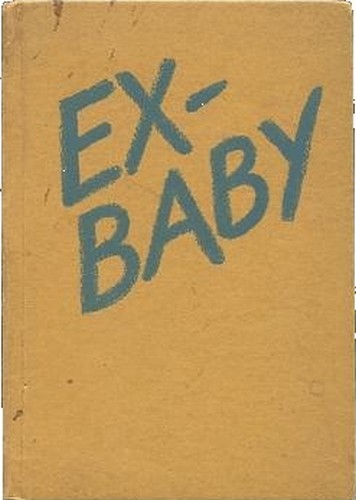









 David Quantick is a writer with seven novels and over a dozen nonfiction books to his name. His most recent novel, Ricky’s Hand, was published in August 2022. You can find out more at
David Quantick is a writer with seven novels and over a dozen nonfiction books to his name. His most recent novel, Ricky’s Hand, was published in August 2022. You can find out more at 









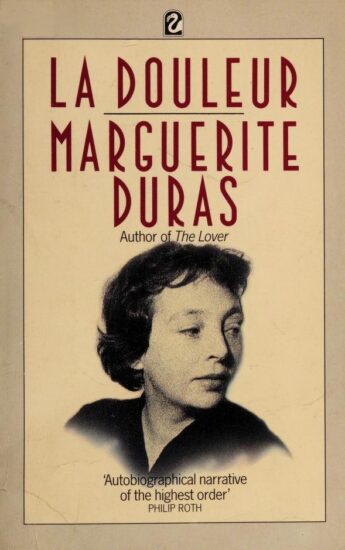



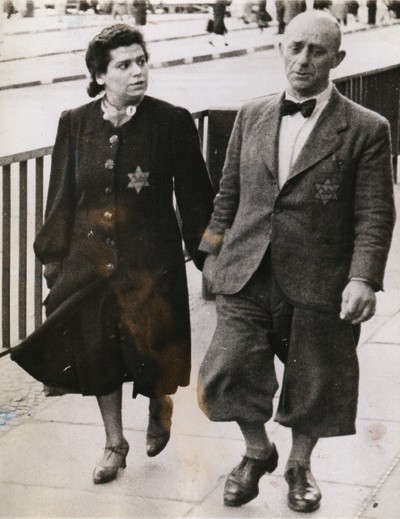






 Sarah Lonsdale is a journalist, critic and author. Her latest book, Rebel Women Between the Wars: Fearless Writers and Adventurers (MUP, 2020) investigates how women in the 1920s and 30s overcame social and political obstacles in a range of occupations including mountaineering, engineering and foreign correspondence. She lectures in history and journalism at City, University of London.
Sarah Lonsdale is a journalist, critic and author. Her latest book, Rebel Women Between the Wars: Fearless Writers and Adventurers (MUP, 2020) investigates how women in the 1920s and 30s overcame social and political obstacles in a range of occupations including mountaineering, engineering and foreign correspondence. She lectures in history and journalism at City, University of London.
